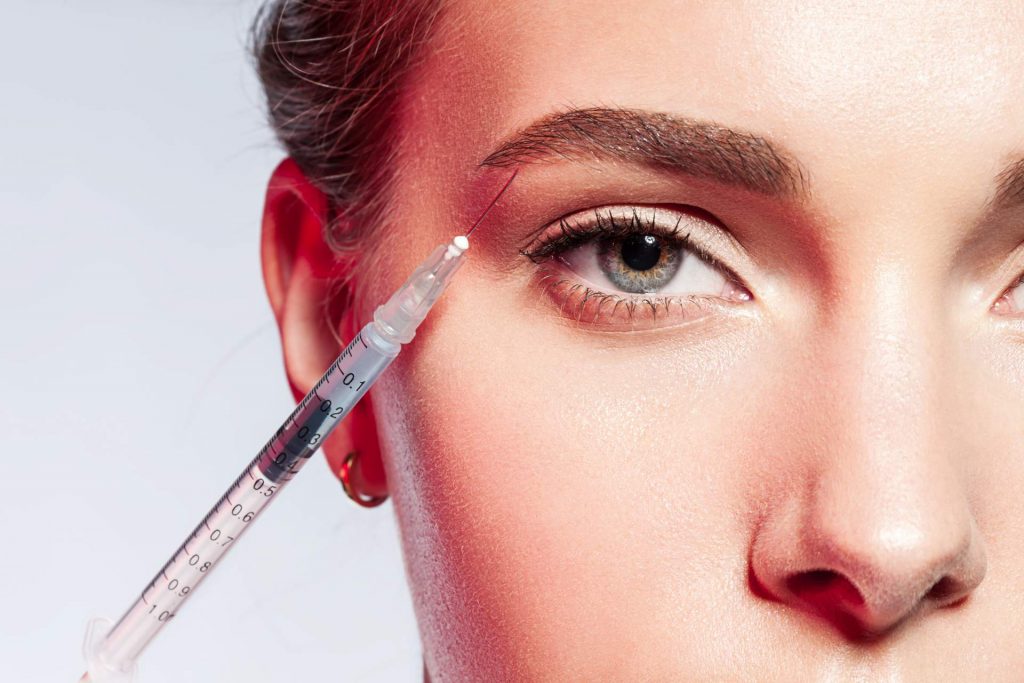Botox and Xeomin
What are Neuromodulators?
Repeated muscle contractions from frowning, squinting, or raising eyebrows cause skin to furrow and fold, gradually resulting in the formation of facial lines. Neuromodulators are a quick treatment that works beneath the surface and temporarily reduces the underlying muscle activity that causes moderate to severe frown lines, crow’s feet and forehead lines in adults – to help them look better.
Botox, Dysport, and Xeomin are all neuromodulators.
What to Expect
Some patients report the injections feel like a pinch. You may begin to notice a visible smoothing of frown lines, crow’s feet and forehead lines within 24 to 48 hours however; it takes a full 10 days before the results set in. Results last up to 3-4 months for moderate to severe frown lines. If you discontinue lines will gradually return.
Will I look overdone?
You can discuss these concerns with your specialist. The dosage of your treatment can be adjusted accordingly so you will look like yourself—only with less noticeable lines. No one should be able to tell you’ve had anything done.


Aftercare Instructions
Treatment requires minimal downtime. However, there are a few things you want to avoid 4 -8 hours following treatment. Keep the head elevated, avoid touching or massaging the face, swimming and strenuous exercise.
What is the difference between Botox, Xeomin and Dysport?
Botox, Xeomin and Dysport have all been scientifically compared, and each has been proven to work as well as the others. Most practitioners agree that one does not work longer or faster than the other. They all take approx. 3-14 days to show results and last 3 to 5 months. All three of these neurotoxin products are used to treat the same areas in the face and neck for cosmetic purposes.
Xeomin – Xeomin is a “naked botulinum toxin,” meaning that it does not contain any additives or additional proteins that surround the botulinum toxin protein like with Botox and Dysport. A benefit of a pure-form injectable like this is that the human body is less likely to develop antibodies or become resistant to it, and there is also less chance of an allergic reaction to the product. Xeomin may diffuse slightly differently than when you get Botox due to the lack of proteins, however, it is pretty similar and interchangeable when it comes to the number of units required to achieve the same results as with Botox.
